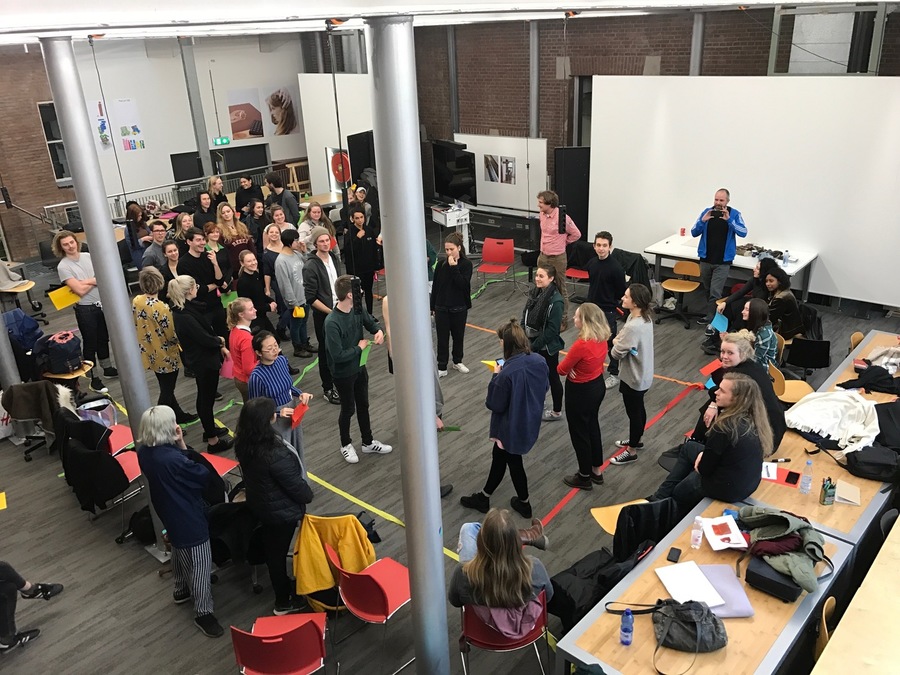Difference between revisions of "Social Design Projects and Positions"
From Beyond Social
| Line 4: | Line 4: | ||
|Image=Positioning projects.jpg | |Image=Positioning projects.jpg | ||
|Caption=Photo: Workshop Social Practices Q7 | |Caption=Photo: Workshop Social Practices Q7 | ||
| − | |Intro text= | + | |Intro text=There are a number of ways in which to look at social art and design practices. This editorial contains a group of articles in which students were asked to first document their favourite community art project. Then, they were asked to assess them based on two different frameworks. |
| + | |||
| + | == Core Qualities == | ||
| + | The first framework is a well-known framework in The Netherlands and Belgium and focusses on the four core qualities in participatiry art practices. These core qualities are: | ||
| + | * Artistic: particiartory art is using imaginative and crearive force for change | ||
| + | * Contextual: it is tailor-made for a socio-political issue | ||
| + | * Participatory: it involves civilians and institutions in the process and creates leeway to redefine their relations and visions. | ||
| + | * Transformative: it acts to incite new action perspectives and critical reflection to a broad audience. | ||
| + | |||
| + | == Pascal Gielens community arts framework == | ||
| + | The second framework draws on a chapter in Pascal Gielens book called ''Mapping Community Arts''<ref> | ||
| + | |||
| + | Aaaa | ||
}} | }} | ||
{{Article Selection | {{Article Selection | ||
Revision as of 00:35, 9 February 2017
Photo: Workshop Social Practices Q7
Each editorial is a collection of different articles, carefully selected to emphasize a certain issue, topic or theme. More about editorials or explore the selected articles of this editorial.
Introduction
Selected articles
[[File:]]
by
[[File:]]
by
Notes here
[[File:]]
by
